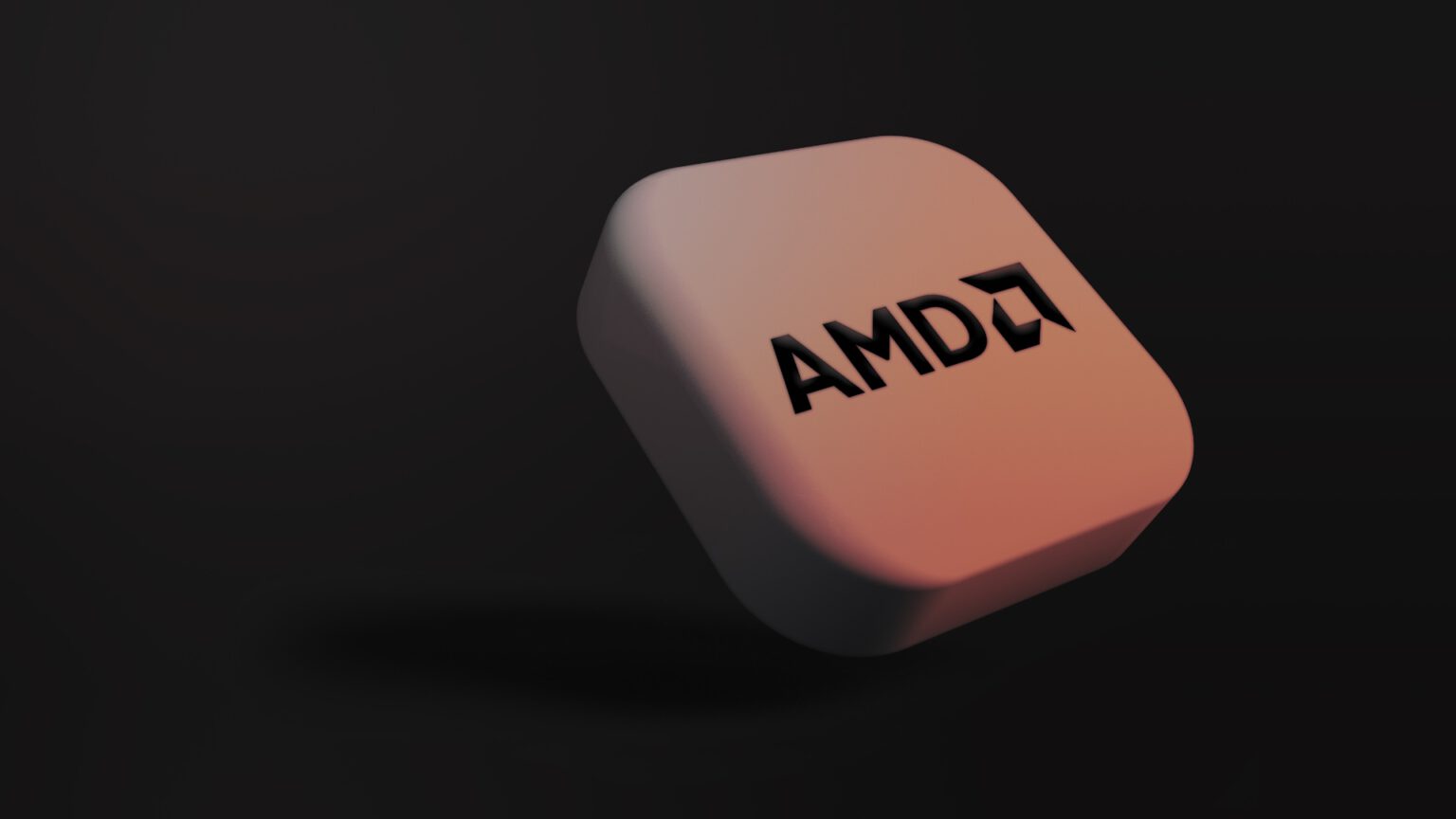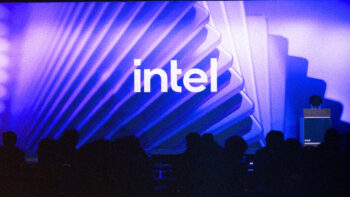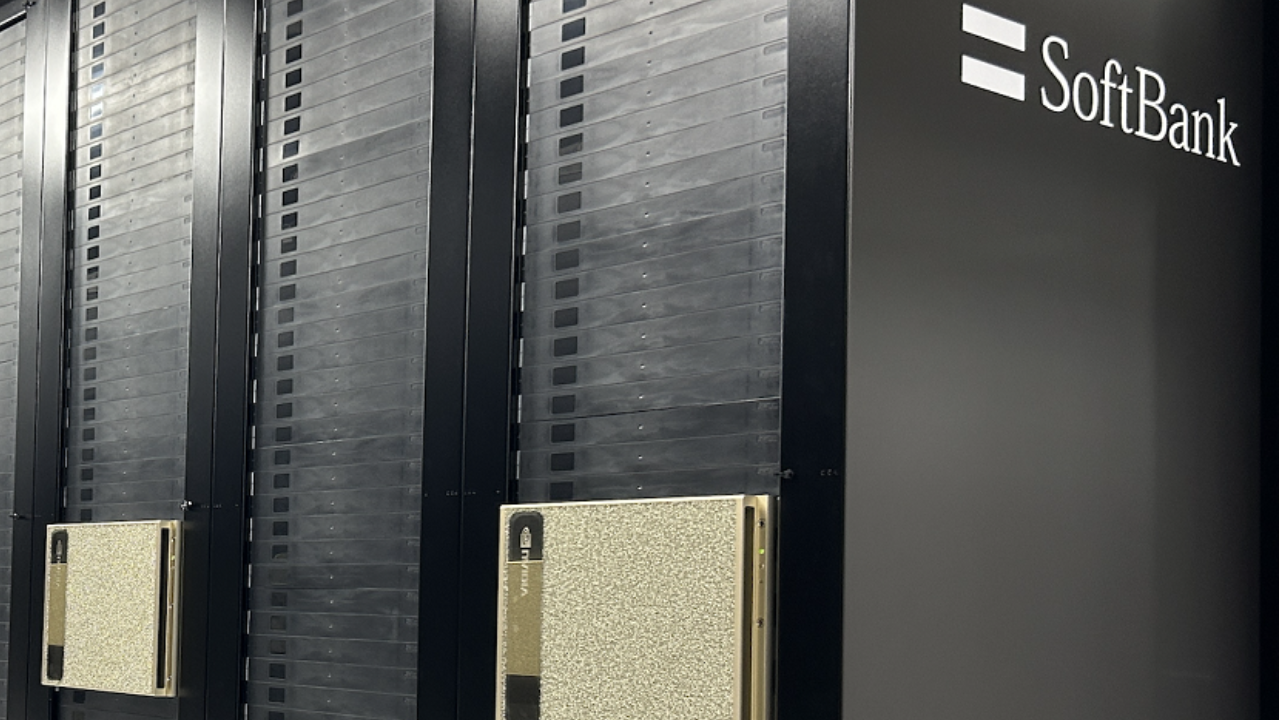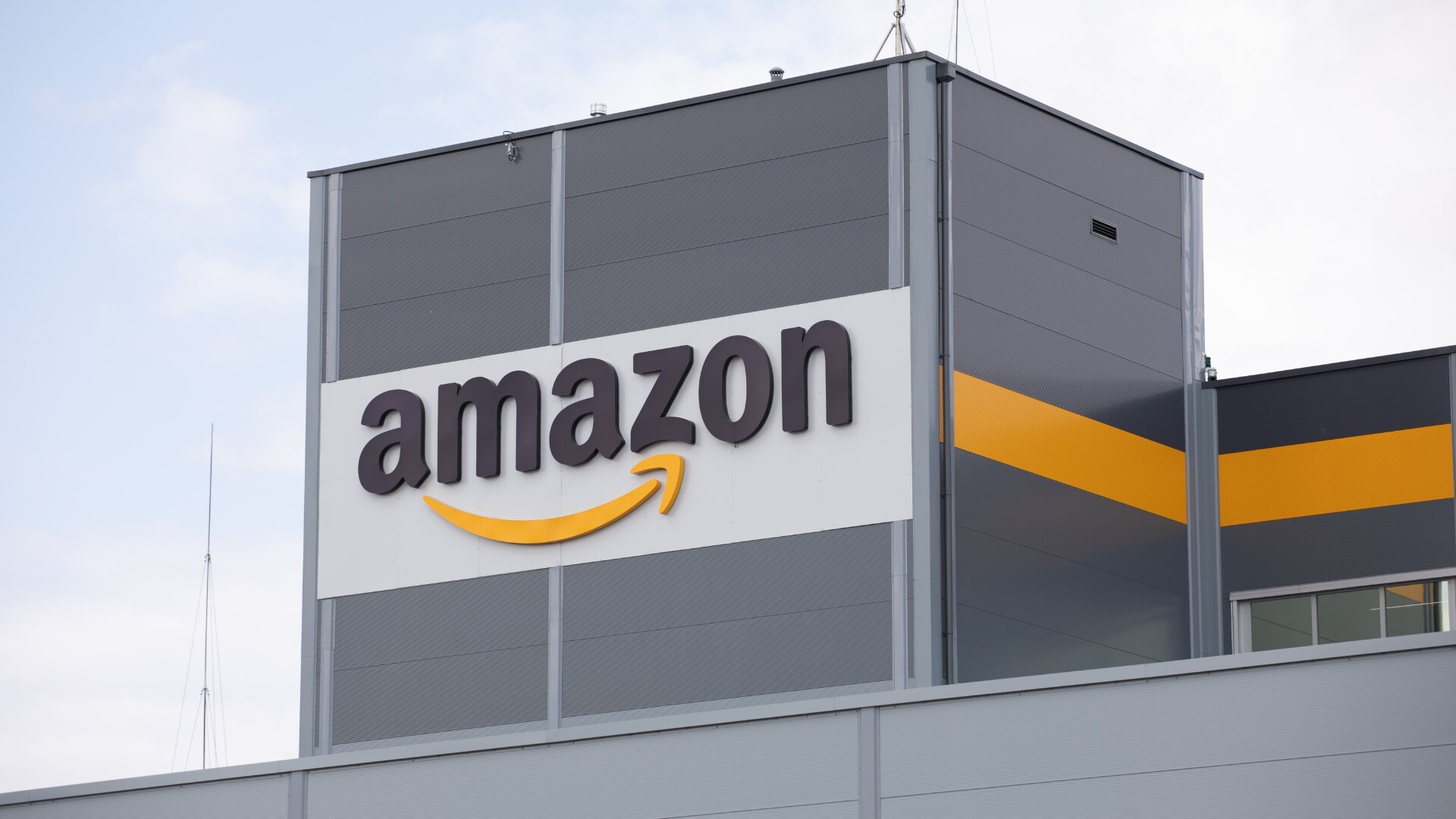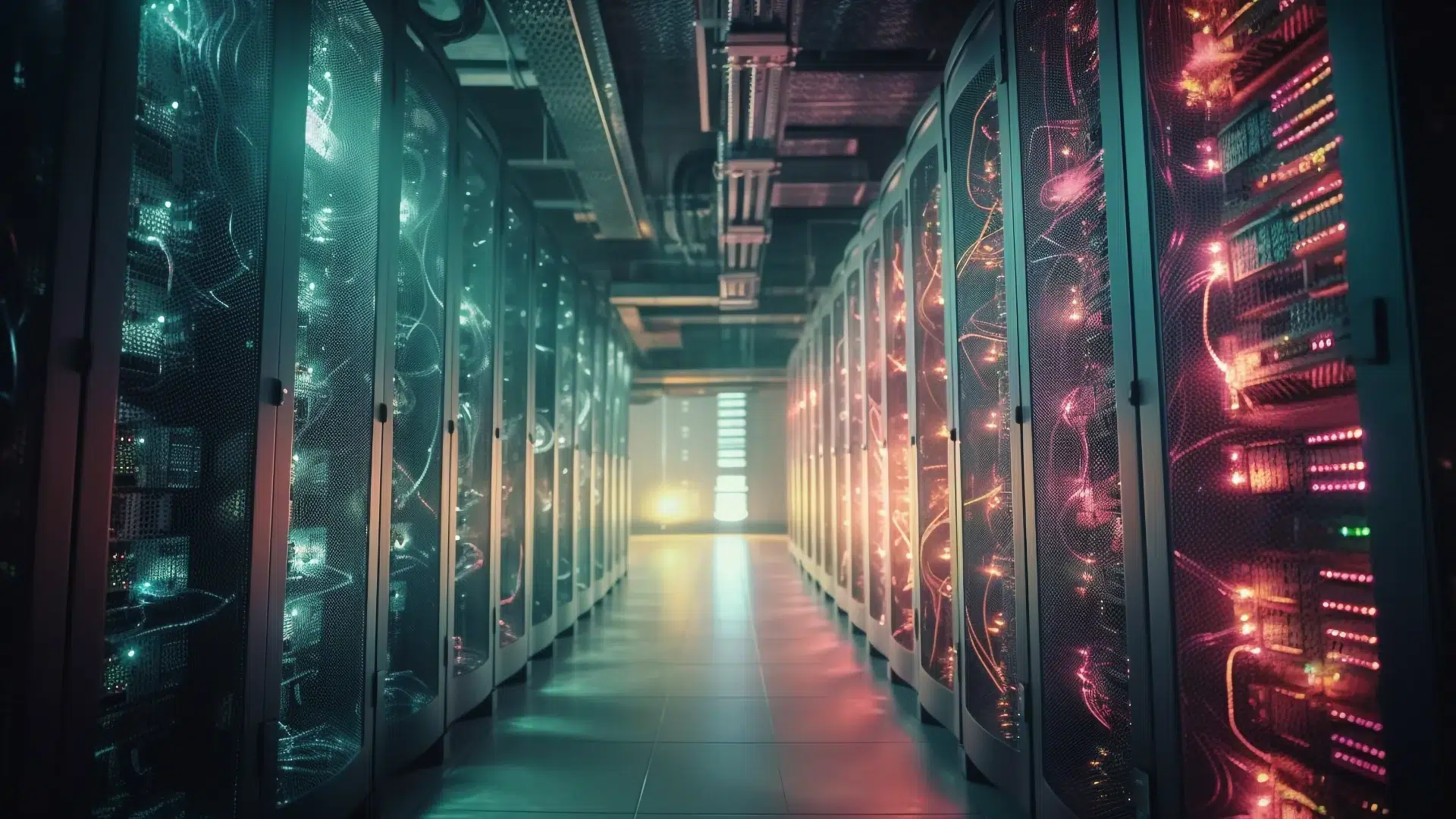The AMD and OpenAI partnership is more than just another hardware supply deal. It is a strategic reshuffle at the top of the artificial intelligence industry that positions AMD as a viable alternative to the dominant Nvidia and provides the ChataGPT developer with powerful resources for the future. The multi-year contract not only involves the supply of hundreds of thousands of AI chips, but also gives OpenAI the option to take up to 10% of AMD.
For AMD, this is a transformative moment. The deal, which is expected to generate tens of billions of dollars in annual revenue, is the strongest endorsement yet of the competitiveness of their AI chips and software. The contract covers the deployment of chips with a total capacity of six gigawatts, starting in the second half of 2026. The first phase involves OpenAI building a one gigawatt data centre based on the upcoming MI450 series of processors. AMD estimates that the ripple effect from this deal could generate more than $100 billion in new revenue for the company over four years as other players follow the lead.
From OpenAI’s perspective, the deal is a key part of its strategy to secure the computing power needed to train increasingly advanced models. Instead of relying solely on Nvidia, with whom it also has a giant contract, the company is diversifying its suppliers, which gives it greater flexibility and negotiating power. At the same time, the partnership with AMD does not change other plans, such as developing its own silicon chips or working with Microsoft.
The most interesting element of the deal is its financial structure. AMD has granted OpenAI warrants that entitle it to purchase up to 160 million shares in the company at a symbolic 1 cent apiece. The activation of further tranches of warrants is contingent on the achievement of milestones, including AMD shares reaching a target price of up to $600. Such a mechanism creates OpenAI not just a customer, but a partner with a direct interest in AMD’s market success. It signals that the era of monopoly is coming to an end in the AI chip market and the time for real competition is beginning.




